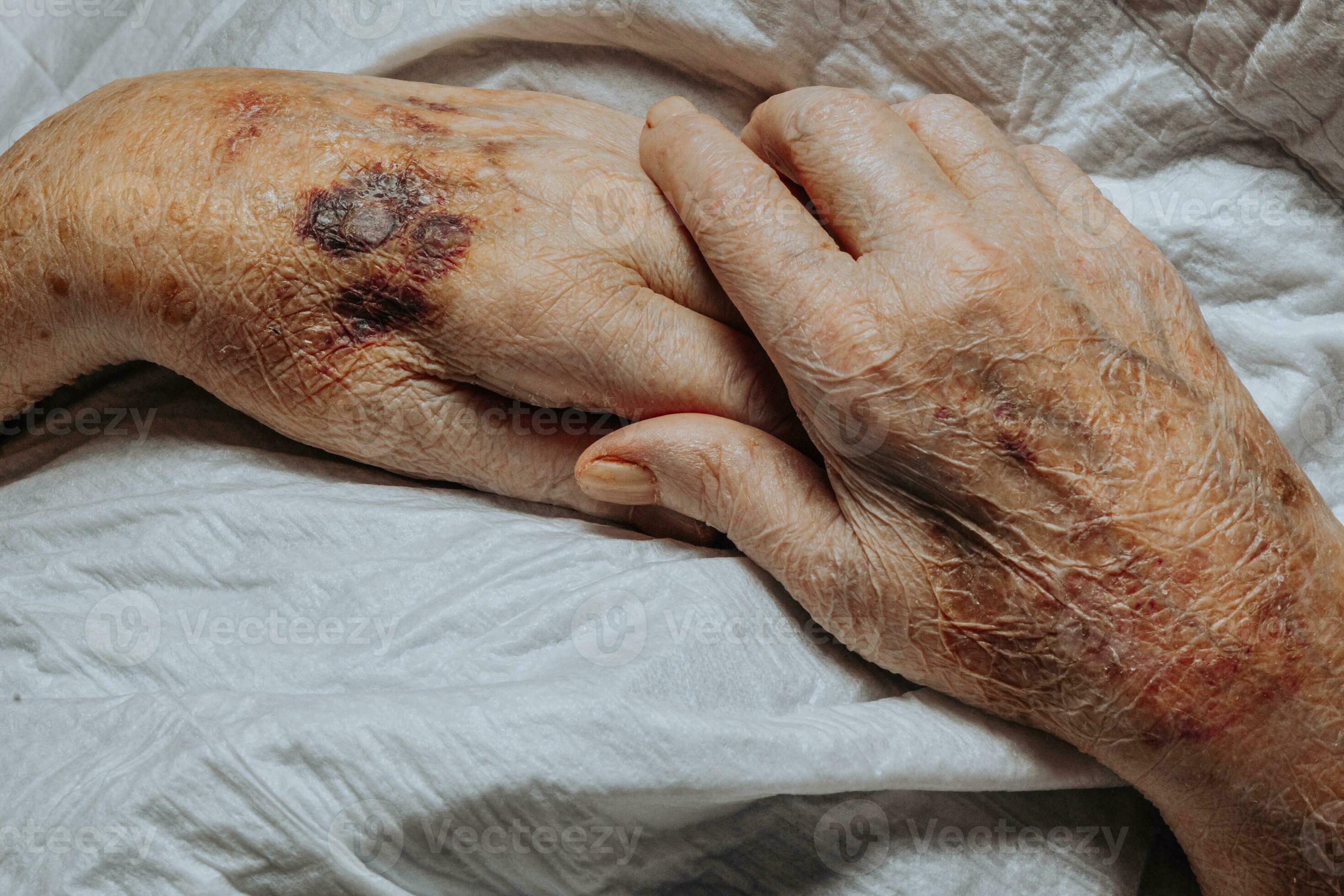
Why Are Bruises So Common?
Did you ever wake up with a blue or purple mark on your arm and think, “Wait… when did that happen?” Or maybe you noticed your dad or grandma always seems to have a few mysterious, splotchy patches—sometimes huge! (I laughed when my own mom once called them her “war paint,” though she couldn’t remember any battles… unless you count fighting with the corner of the coffee table.)
Here’s the wild part: excessive bruising in seniors is totally normal for many of us. Our bodies just aren’t what they used to be—and that’s not a bad thing, but it does mean bruises pop up more often and stick around longer. Why? Let’s dig in (don’t worry, no medical jargon overload—I promise).
Our Skin’s Secret: It Changes (Big Time!)
You know that favorite T-shirt that gets thinner every wash, until suddenly sunlight almost shines through? That’s kind of what aging does to our skin. Over the years, our outer layer becomes thinner. We lose a lot of that soft, cushiony fat just beneath the skin, too. So when you bump against the counter or kneel in the garden, the little blood vessels underneath have less protection. They break, blood leaks out, and ta-da: instant bruise. Excessive bruising in seniors comes down to this simple recipe—thinner skin + fragile blood vessels + everyday bumps = art gallery on your forearms.
If you’re curious what this really looks like, elderly skin bruising pictures can show you real-life examples, not just textbook diagrams. Some of those bruises might look dramatic, but don’t let the colors freak you out—most of the time, they’re harmless and fade on their own.
Why Do Some Bruises Look So… Purple?
You might have seen those extra-dark purple or maroon bruises on aging skin, especially on hands and forearms. It’s not just you—there’s even a name for it: actinic purpura. This fancy term basically means that years of sun exposure and aging make your blood vessels more breakable, so bruises form sometimes even without a clear bump. They can look scary but aren’t usually dangerous—think of them as your skin’s way of waving a little flag, “I’m more delicate than before!” For more science on these, check out what causes purple bruising in elderly if you’re feeling extra curious.
Medications, Diet, and Everyday Surprises
And… here’s another twist. Sometimes it’s not just age. It’s the stuff we put in our bodies—like the cartons of meds lined up on the kitchen counter. Many seniors (maybe you?) are taking one or more medicines. I can’t count how many pill organizers I’ve seen at friends’ houses—blue for morning, pink for night, and so on. But some of those meds are sneaky bruise-makers.
Which Meds Up Your Bruising Risk?
Here’s a quick list of the usual suspects:
- Blood thinners: Like warfarin, Eliquis, Pradaxa, and Plavix. They help your blood flow, but even a small bump can mean a bigger, longer-lasting bruise.
- NSAIDs: Ibuprofen, naproxen, aspirin—classic painkillers, but not so friendly to your blood’s ability to clot.
- Corticosteroids: These make skin even thinner over time (think prednisone or hydrocortisone creams).
- Some antibiotics and antidepressants get in on the action too. If you’re noticing new bruising after a med change, don’t just stop your pills—talk to your doctor first! Research on easy bruising in older adults notes that medication side effects are a top culprit.
Quick story: A friend’s mom called her in a panic because her “legs looked like a purple road map.” Turns out her blood thinner dose was a little too high. Once the doctor adjusted it, the bruises faded and she was back to walks in the park—no more drama.
Could Food or Diet Be Playing Tricks?
Yep—believe it or not, what you eat (or don’t eat) matters too. Seniors who aren’t getting enough vitamin C or K, or who have low iron levels, can bruise more easily. If your plate’s looking a bit beige (toast at breakfast… pasta at lunch…), throw in some citrus, berries, or leafy greens—this isn’t just your doctor nagging you, it really helps.
| Nutrient | Food Sources | How it Helps |
|---|---|---|
| Vitamin C | Oranges, bell peppers, strawberries | Strengthens skin and tiny blood vessels |
| Vitamin K | Spinach, kale, broccoli | Helps your blood clot and heal |
| Iron | Lentils, lean beef, tofu | Supports healthy blood cell production |
Funny enough, my grandma swears by her daily orange (“keeps me bright and less blotchy,” she insists). Anecdotal? Sure. But since she started, fewer bruises, at least as far as we can tell!
Bumps, Falls, and the Bruise Olympics
Let’s talk about the little accidents. You know—the classic stubbed toe while shuffling through the house, or the rogue cabinet door (guilty over here, several times). As we age, balance can get sketchy. Mix in vision changes, new medications, or a touch of dizziness, and falls become more likely. And when older folks fall, bruises can be… epic. Not Olympic medals, but some definitely earn “most colorful of the week.”
How Everyday Life Becomes a Bruise Factory
It’s not just falling, though. Daily routines—like getting dressed or helped into the car—can result in bruises when the skin’s thin and fragile. Even medical procedures like blood draws or occasional IVs can leave impressive marks on senior skin.
Maybe you’ve experienced this: Someone helps you up from a chair, and an hour later—a big spot on your arm. Or perhaps a nurse visits for your partner, delicately pressing a bandage, but still… a blue smudge blooms. It happens to the best of us.
Tips to Dodge Unwanted Bruises
- Move rugs and cords—those things grab ankles like ninjas.
- Keep hallways and bedrooms bright (nightlights are lifesavers).
- Add grab bars in bathrooms—trust me, so worth it.
- Long sleeves and pants offer more than modesty; think of them as soft armor when in the garden or cleaning the house.
Quick anecdote: After installing a grab bar for my neighbor, her bruising went way down. She said she felt “like a ninja with training wheels,” in the best way.
What’s Actually Normal?
Okay, so, you’re noticing more bruises… Should you freak out? Hold up—in most cases, excessive bruising in seniors is just the price of admission for the aging club. If bruises have a clear cause—bumping an elbow, bonking a knee—they’ll usually fade in 2–4 weeks (sometimes longer, especially if you’re on those bruise-friendly meds or supplements). You might even notice that bruises march slowly down your arm or leg thanks to gravity.
But—and this is important—sometimes bruises are the body screaming for a bit more attention. Here’s when you should press pause and give your doctor a shout:
- Bruises show up for no reason (or you wake up with five new ones every morning).
- They’re huge. Like, you could fit a baseball under your skin.
- Bruises last longer than three or four weeks, or keep spreading.
- You spot other signs: unexplained nosebleeds, bleeding gums, or feeling unusually tired.
Concerned it might be more serious? Don’t just wonder—get it checked. Sometimes excessive bruising in seniors links back to vitamin deficiencies, an undiagnosed blood clotting issue, or even chronic illnesses like liver or kidney disease. And in rare cases, unexplained bruising (especially in odd places) can be a red flag for elder abuse or neglect. That’s tough to think about, but it’s important to stay alert and advocate for yourself or loved ones. For more insights into the mystery of purple bruises specifically, you can read what causes purple bruising in elderly.
When Bruising Needs Backup
Let’s be real—I’ve seen grown adults panic when they spot a sunset-colored bruise for the first time. But here’s how you know when to cool your jets and when to pick up the phone:
- If a bruise pops up after a really bad fall (especially on the head), check for dizziness, confusion, or severe pain. These need medical input, stat.
- If you’ve recently started a new medicine and suddenly look polka-dotted, your doctor needs to know.
- Constant unexplained bruises: Sometimes it’s just the meds, but it could be something deeper—like a blood problem. Don’t just brush it off.
There’s no shame in playing detective about your own skin. Sometimes, sharing a timeline and even snapping a photo (see those elderly skin bruising pictures to compare) can really help your health team spot what’s normal for you.
Comfort and Speed Healing Without Fuss
When you do end up with a monster bruise, you can:
- Apply a cold pack for 20 minutes after injury (a bag of frozen peas works wonders)—this lessens bleeding and swelling.
- Prop up the bruised area: Gravity is your friend, and it keeps swelling down.
- If you want to go pro, a light compression wrap can help. Just be careful not to cut off circulation.
You don’t need a full pharmacy lineup. Unless the bruise gets really sore, increases in size, or looks infected, most of the time all it needs is a bit of TLC.
How to Prevent Future Bruises (Well… Sometimes)
Not all bruises can be stopped (unless you wrap yourself in bubble wrap—tempting, I know), but you can lower your risk.
- Eat more color: Vitamin C is your bestie. Berries, citrus, peppers—add them to breakfast or snacks.
- Get some leafy greens in; think spinach or kale for vitamin K.
- Stay hydrated and moisturize: Keeps that skin plumper and more resistant.
- Wear sunscreen on hands and forearms—yes, even if you’re “just” gardening.
- Talk with your doctor about any new or scary bruising—and never change meds without them. If you’re not sure, check out what causes purple bruising in elderly for a deep dive on when meds or other issues are the sneaky culprit.
Personal Note
I used to tease my mom (gently, I swear!) about “collecting” her bruises. But in the end, she taught me: It’s not about the bruise; it’s about how you bounce back. She started eating better, got shoes with extra grip, and now actually embraces her “senior stripes.” She says, “I earned these, one garden bed at a time.”
Wrapping It All Up: Love Your Skin, Celebrate Your Stories
So, friend… let’s be honest: excessive bruising in seniors is rarely something to lose sleep over, but it is a reason to be more gentle and more aware. Your skin? It’s telling your story. Every color, every splotch—maybe it’s a memory from dancing in the kitchen or a new patch from chasing after grandkids. But now you know which ones are a-okay, and which ones might need a little extra attention or a quick call to the doc.
Remember—eat colorful foods, make your space safer, and embrace those battle scars (while staying alert to anything unusual). Want to see how your bruises stack up? Check out elderly skin bruising pictures or browse around for reassurance. And if anything changes fast or just doesn’t feel right, reach out. You deserve peace of mind and a body that lets you keep making memories—bruises and all.
So, what will you do today—add more color to your plate, chat with your doctor, maybe just move that sneaky rug? Whatever it is, you’ve got this. And hey, your skin might just thank you for it.

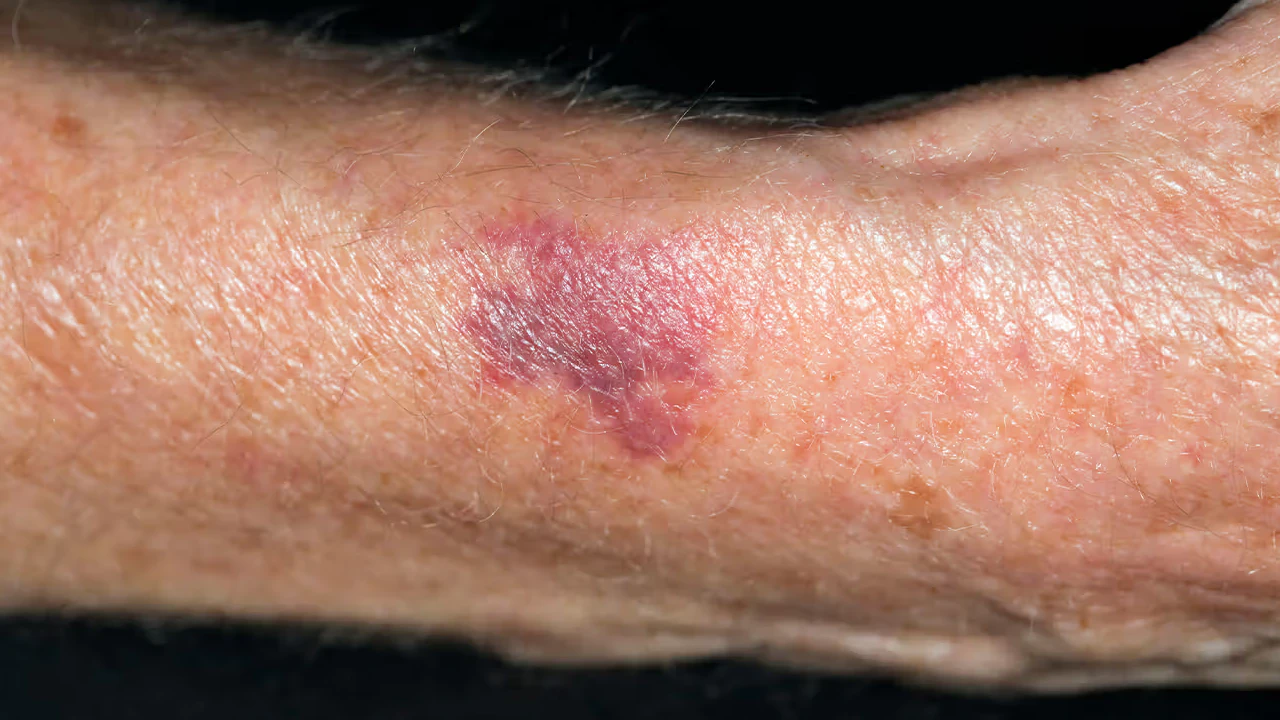
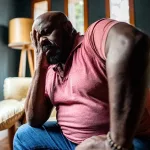



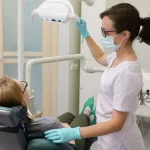
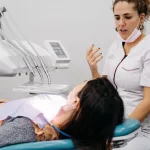

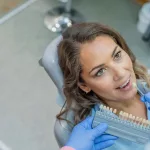
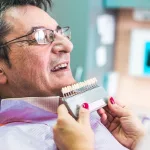



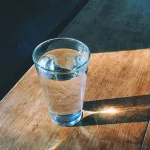

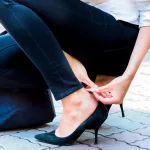
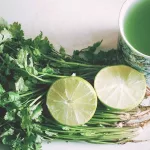
Leave a Reply
You must be logged in to post a comment.